Ms. Chen is an outdoor sports enthusiast. She often joins her friends to go mountain climbing. When climbing the mountain last week,she just reached the mountainside, and her knee started to hurt, and finally had to walk with the help of a friend, enduring the pain Go back to the foot of the mountain, and then take a taxi to the nearby major hospital for treatment. After examination, Ms. Chen was diagnosed with osteoarthritis.
The doctor pointed out that the reason why Ms. Chen fell ill was because she often climbed mountains, which would damage the knee joint much more than walking, especially going down the mountain was more damaging to the knee joint than going up the mountain. , suggest that she should reduce climbing, and it is best to wear knee pads when climbing.
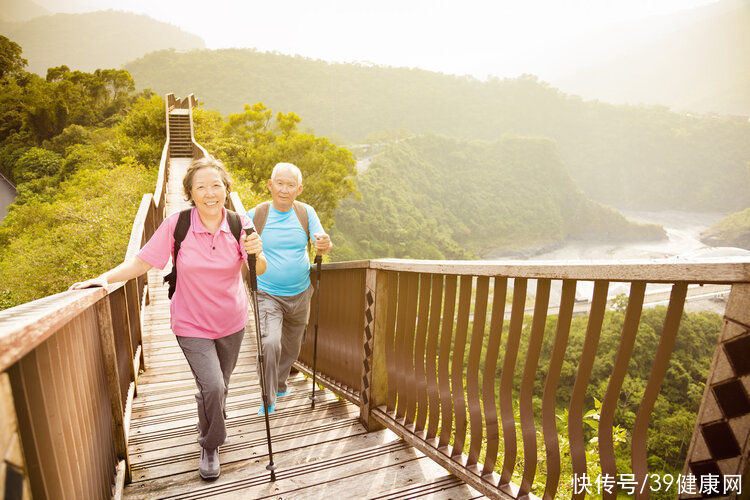
1. As the saying goes, to live long, you must first nourish your bones
When we praise an old man for his good health, we often describe it as “hard and strong”. In general, adult bone mass peaks at the age of 35, and then gradually decreases, resulting in significant bone loss and increased incidence of osteoporosis.
Osteoarthropathy (OA), also known as degenerative arthritis, is a chronic disease. Osteoarthropathy has three main symptoms: joint pain, joint swelling, and joint dysfunction.
According to a study in Best Practice & Research: Clinical Rheumatology, the prevalence of OA increases with age every 10 years, from 60 – 33% of those aged 70 increased to 43.7% of those over 80. At present, there is no effective drug to treat OA, and patients with advanced stage can only restore joint function through joint replacement surgery.
“Guidelines for the Diagnosis and Treatment of Osteoarthritis in China (2019 Edition)” mentioned that, With the increase in the proportion of the elderly population, it is expected that By 2030, there will be nearly 400 million OA patients in my country.
Obesity, muscle degeneration around the knee joint, and aging are the three major risk factors for osteoarthritis. In addition, gender, family history, cold and wet climate, frequent wearing of high heels, etc., may also increase the risk of developing osteoarthritis.
Osteoarthropathyhigh-incidenceincludes the hands (with the interdigital joints), knees (mainly knee joints), hips (including lateral buttocks, groin, etc.), feet (mainly the first toe joint) and spine (including cervical and lumbar vertebrae).

Second, these actions hurt the knee, waist, and cervical spine, don’t do it again
In daily life, there are some movements that people often do, but they don’t know that these movements actually hurt our bones and joints invisibly. Therefore, we should try to avoid doing these actions in order to consolidate the “bones”.
①Injured Knee
Action 1: Crossed Legs
This action will affect our spine, knee joints and lower limbs invisibly. First of all, when doing this action, people will tend to focus on one side of the pelvis, and over time, it is easy to have spinal deformation.
Secondly, crossing the legs will also increase the pressure on the internal structure of the knee joint. When the articular cartilage cannot be replenished in time, it will accelerate its wear and tear.
Come again, when the legs are crossed, the venous backflow is obstructed due to the compression of the veins at the back and the popliteal fossa, resulting in increased venous pressure. It is easy to induce varicose veins of the lower extremities.

Action 2: Squatting in the pit
< span>When squatting in the pit, because the knee bending angle exceeds 90 degrees, the compression force on the inner and outer sides of the knee joint increases, resulting in wear and tear on the inner side of the patella in front of the knee joint, which may damage the knee joint over time, so it is not recommended for a long time. squat.
②waist injury
Action 3: Ge You lying down
Many people will lie down directly on the sofa when they get home from get off work, maintaining the posture of “Ge You lying down”.
This movement is long-term, because the muscles and fascia behind the waist need to bear the gravity of the entire waist, which will not only lead to hunchback, but also easily lead to vertebral arch and degeneration, Disc herniation, and even lumbar spondylolisthesis in severe cases.

Action Four: Erlang Legs
Long-term crossing of Erlang’s legs will not only cause the local veins to be oppressed and cause poor blood flow, resulting in calf swelling and pain, but also cause muscle pain and strain due to compression of the pelvis and hip joints, and even make the lumbar and thoracic spine pressure. All, resulting in spinal deformation, and then induced lumbar disc herniation, chronic low back pain.
Action 5: Wear high heels
When wearing high heels, the center of gravity will move forward too much, which will easily lead to the front of the pelvis. Tilt, increased curvature of the spine, and pressure on the lumbar spine can also easily lead to disc damage.
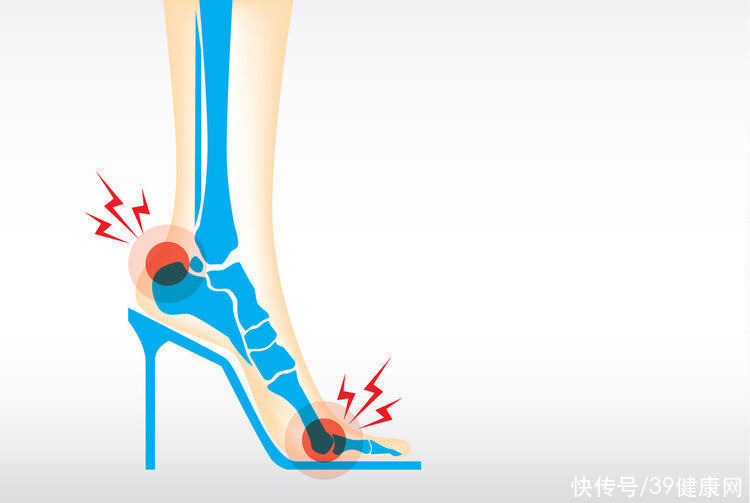
③Injuring the cervical spine
Action 6: Sleeping on the stomach
Many people like to lie down on the table to take a nap at noon, but in fact, this posture is inconsistent with the physiological curvature of the cervical spine, which may lead to dislocation of the spine and compression of the carotid artery, which in turn leads to hypoxia in the brain. Symptoms of dizziness and headache occur.
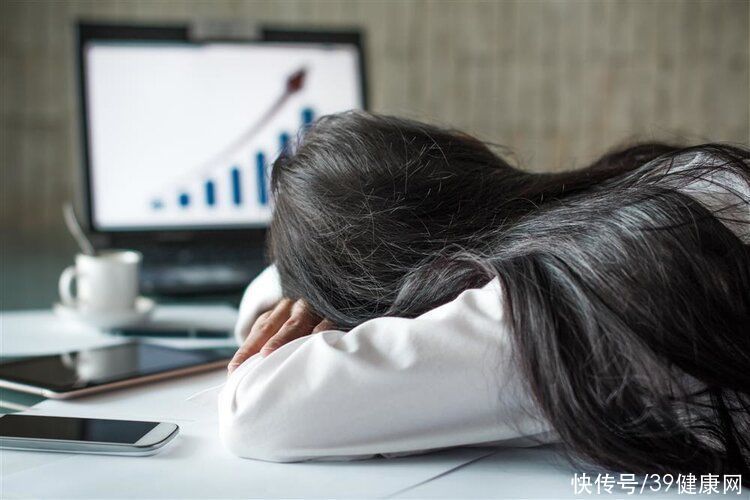
Action 7: Bow your head for a long time
With the development of science and technology, modern people like to lower their heads to play with mobile phones, but they don’t know that this action of lowering their heads will put a burden on the cervical spine, and the weight of the head on the cervical spine can be as high as about 27 kg.
And in the long run, the muscles behind the neck will be overloaded due to the need to pull the head that moves forward, resulting in changes in the curvature of the cervical spine and loss of stability, which in turn leads to Cervical spondylosis.

Three, 4 points, protect the joints
Do not want to get Osteoarthritis requires conscious protection of the joints in daily life. Once suffering from osteoarthritis, it is more necessary to manage in many aspects.
①Control weight
Compared with the general population, Osteoarthritis is more common in obese people. This is because being overweight puts more stress on the joints and can also accelerate the progression of osteoarthritis.
②Moderate exercise
Light or moderate physical activity, such as washing dishes, Sweeping the floor, walking, etc., can enhance the strength of the muscles around the joints, which is beneficial to promote blood circulation and promote the repair of damaged joints, so as to protect the joints. effect.
If you are a patient with osteoarthritis, it is recommended to do some muscle strength training around the joints, such as stretched legs, straight leg raises, sitting knee extension and ankle plus sandbag resistance Training, etc., as well as joint coordination function training, such as swimming, passive joint stretching training and other sports.
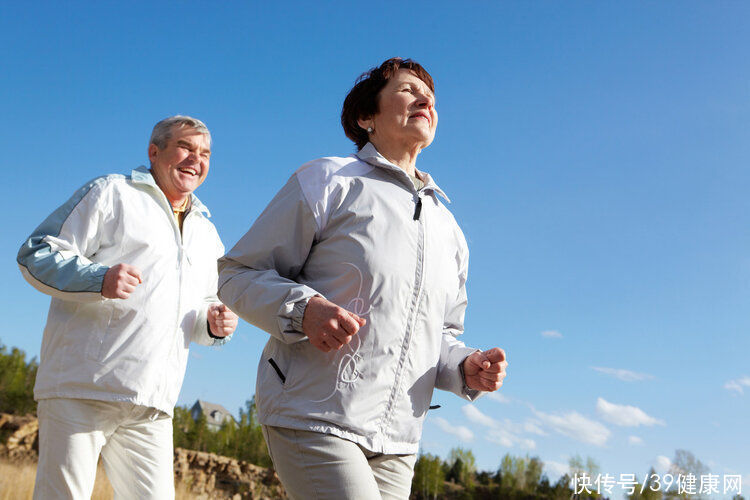
③Daily protection
We should do a good job of cold-proof and warm-keeping for joints at ordinary times, and don’t be too greedy for cold even in summer. In addition, when moving things, you should first squat down, keep the weight as close to your body as possible, and then use the strength of your arms to lift the weight to the middle of your thighs, and then stand up while keeping your back straight.
④Diet management
The Lancet Diabetes and Endocrinology on Appropriate supplementation of nutrients such as calcium, vitamin D, magnesium, phosphorus, protein and vitamin K is beneficial for bone health, according to one study.
For Chinese adults, the recommended daily intake of calcium is 800-1000 mg, and the main dietary sources are eggs, dairy products, tofu, Green leafy vegetables and nuts, etc. The recommended daily intake of vitamin D is 10 micrograms. The main dietary sources are eggs, meat and nutritionally fortified foods. In addition, sun exposure is also the main source of vitamin D.
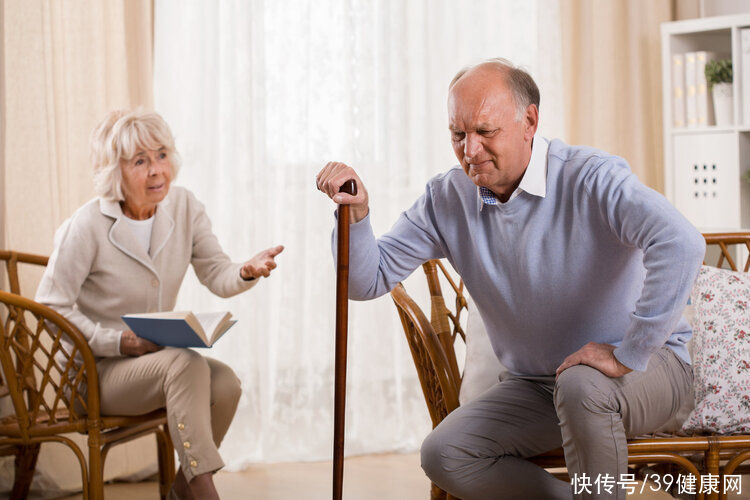
Osteoarthropathy is common and affects millions of people worldwide . Although the incidence rate increases with age, if you can maintain it in time, avoid actions that damage the joints, and eat a healthy diet, moderate exercise, and control your weight, it can effectively prevent osteoarthritis and delay osteoarthritis. disease progression. If you find discomfort and pain in the joints, you should seek medical attention as soon as possible for early detection and early treatment.
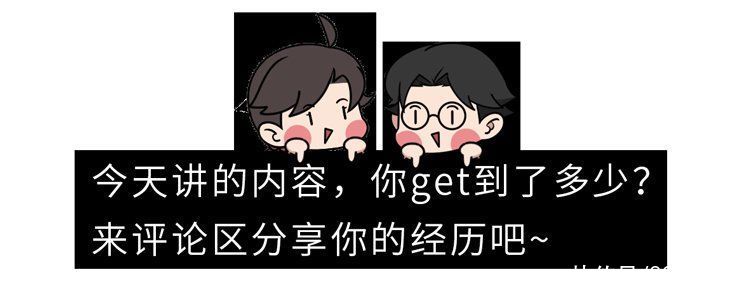
References:
[1] Shane Anderson A, Loeser R. Why is osteoarthritis an age-related disease? . Best Practice & Research Clinical Rheumatology. 2010;24(1):15-26.
[2]Zhang Z, Huang C, Jiang Q, et al. Guidelines for the diagnosis and treatment of osteoarthritis in China (2019 edition). Ann TranslMed. 2020 Oct;8(19):1213
[3] I have osteoarthritis, the doctor reminds me to avoid climbing mountains and taking stairs! .Health Times, 2020-07-16
[4]Owen JE, Benediktsdottir B, Cook E, Olafsson I, Gislason T, Robinson SR. Alzheimer’s disease neuropathology in the hippocampus and brainstem of people with obstructive sleep apnea. Sleep. 2021 Mar 12;44(3):zsaa195. doi: 10.1093/sleep/zsaa195. PMID: 32954401
Reprint without author’s permission
span>